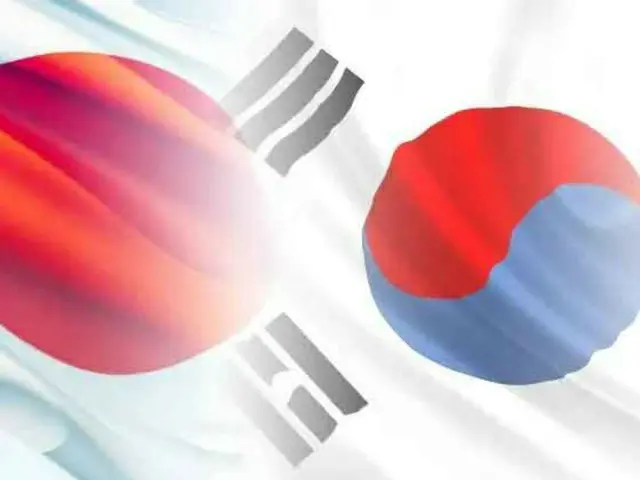is the rate at which a company that starts a business can continue to operate without going out of business or going bankrupt. On the other hand, the business survival rate in Japan exceeds 80% within 5 years of establishment, which is higher than in South Korea and other countries.
It is in. According to KBS, based on data compiled by the Ministry of Small and Medium Enterprise Ventures (the ministry corresponds to the ministry), the five-year survival rate of Korean companies was 33.8% in 2020. child
This is lower than the average of 45.4% for the 28 countries out of the 38 OECD countries that have published their entrepreneurial survival rates. KBS said, ``In particular, the survival rate of South Korea's accommodation and restaurant industry is 22.8%.
This means that four out of five companies go out of business within five years of being established." When starting a business, South Korea adopts the ``opportunity-based business startup,'' which means an independent company.
It is said that the proportion of ``living-type start-ups,'' in which people start a business out of necessity to earn a living, is said to be higher. In particular, since lodging and restaurant businesses can be started with relatively little capital, former office workers who retired early are now able to make a living.
It is said that there are many cases where businesses are started by borrowing money for the purpose of starting a business. However, there are many cases where businesses are unable to sustain themselves for even one to two years and end up incurring huge debts and going out of business. The Korean newspaper Chosun Ilbo announced in October 2020 that
In the article, he said, ``Analysis shows that there are many cases where businesses are forced to start businesses without competitiveness, such as ``starting businesses for a living,'' which is why the rate of business closures is high.'' On top of that, we will expand companies based on technology.
We introduced the voice of a member of the National Assembly's Committee on Industry, Trade, and Resources, Small and Medium-Sized Venture Businesses, who calls for the need to develop policies that can help businesses grow. On the other hand, Japan has a high business survival rate compared to other countries, and
According to 2017), the survival rate after 5 years is 81.7%. There are approximately 33,000 long-lived companies that have been in business for over 100 years. Kongo Gumi (Osaka), a construction company, is said to be the oldest company in Japan.
The company was founded in 578 during the Asuka period. It is said that one of the craftsmen that Prince Shotoku invited from Baekje on the Korean Peninsula was the first generation of Kongo-gumi. On the other hand, in the case of South Korea, companies that have been in business for over 100 years include Doosan, Dowa Pharmaceutical, and
There are only 10 companies, including Han Bank and Kyeobo. This may be because South Korea began full-scale industrialization in the 1960s, but even if we relaxed the criteria from "100-year-old companies" to "60-year-old companies," there were only about 560 companies.
Even if all of these companies were to survive for 40 years, there would still be less than 600 ``100-year-old companies'' in South Korea. Previously, South Korea's central bank, the Bank of Korea, said, ``Longevity factors and implications for Japanese companies''
The report, entitled ``Tests,'' analyzed the reasons why Japan has so many long-lived companies. The report lists △ books as factors that allowed Japanese companies to continue operating despite the strong yen in the 1980s and the long-term recession in the 1990s.
They cited a focus on business, trustworthy management, a craftsman's spirit, selection of successors that go beyond blood ties, and conservative corporate management. There are also external factors such as a lack of foreign invasions and a social atmosphere that respects craftsmen.
analyzed that it had an impact. Furthermore, long-lived companies with cutting-edge technology in the materials and parts fields played a major role. However, starting a business and maintaining a company is not easy.
The same goes for Japanese companies. Even if a strategy is designed to stabilize business performance, unforeseen circumstances such as the spread of the COVID-19 virus can cause business performance to deteriorate.
fundbook (Minato-ku, Tokyo), which handles M&A intermediary business, explains corporate survival rates on its website. Factors that put companies in danger of survival include △deterioration of cash flow△manpower
It cites three factors: shortage, lack of successors, and lack of managerial skills. On top of that, the key points to increase the survival rate of a company are: △Securing sufficient funds △Reducing unnecessary costs △Preparing for unexpected risks
△ Promote business succession to successors as soon as possible △ Develop businesses with high social contribution △ Incorporate new value △ Convert accounts receivable into cash in advance △ Make effective use of M&A
is presenting.
2023/10/06 10:52 KST
Copyrights(C)wowkorea.jp 5

